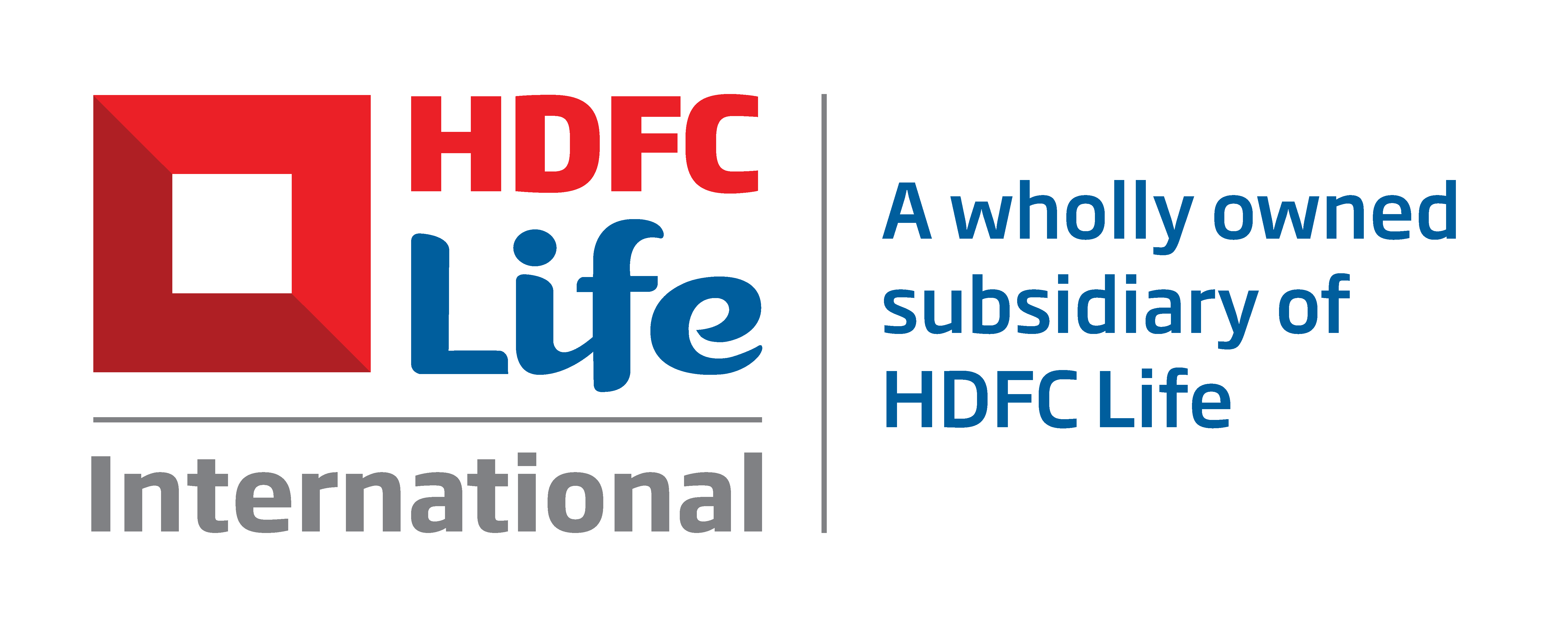Capital Preservation for HNIs: Strategies for Wealth Security

Why HNIs Should Prioritise Capital Preservation Along With Wealth Growth
It takes decades to build wealth but just days to lose it. For high-net-worth individuals (HNIs), wealth opens many doors. But, it also brings exposure to greater financial risks. As portfolios grow larger and more complex, the importance of financial risk management for HNIs cannot be ignored. A market shock, a policy shift or even an unexpected life event can undo years of smart decision-making. To preserve their position and maintain future security, HNIs must focus not only on growing wealth but also on protecting it. This can be done easily via intentional capital preservation strategies.
Importance of Capital Preservation for HNIs
HNIs often try to grow their wealth quickly. But pushing for growth without limits can put their money at risk. Unlike regular investors, HNIs invest large amounts across different countries and types of assets. If they do not have a clear plan to protect their capital, sudden market crashes, new rules or global events can reduce the value of their investments. That is why capital preservation matters. It helps keep their money safe, gives them access to cash when needed and lets them take new opportunities without relying only on risky investments.
The Challenge of Growing Money Safely
It may feel tempting to chase higher returns, but this often brings the challenge of managing concentrated exposure. Many HNIs struggle to find the right balance between capturing returns and reducing downside risk. Market euphoria can lead to over-allocation in volatile assets. At the same time, over-cautiousness can limit growth. Without strategic oversight, this imbalance may result in either stagnation or erosion of wealth.
Capital Preservation Strategies Ensure Financial Stability
To protect wealth over the long term, HNIs must take a structured view of financial risk. For that, analyse vulnerabilities across portfolios, allocate capital thoughtfully and introduce mechanisms that limit loss during market correction phases. This way, capital preservation allows investors to remain resilient through economic cycles. It helps maintain access to cash when needed and prepare for legacy transfers without facing liquidity constraints or forced exits.
Understanding Capital Preservation for HNIs
Capital preservation refers to protecting the original value of an investment, especially during economic turbulence. For HNIs, it does not mean avoiding growth but ensuring that wealth remains intact regardless of market direction. Capital preservation provides the safety net that allows long-term strategies to mature without interruption.
How Market Crashes Can Hurt Wealth Without a Safety Plan
A poorly insulated portfolio can face massive devaluation during a recession or currency depreciation. For example, equity-heavy portfolios may lose value quickly during a crash, while real estate may become illiquid. Without financial buffers, HNIs may need to exit positions at a loss or delay planned goals.
Why Capital Erosion Is a Major Concern for Affluent Investors
HNIs tend to have large allocations in high-ticket or concentrated investments. Even a minor percentage loss can translate to a significant capital hit. Capital erosion also undermines the ability to pass on wealth, fund ventures or meet philanthropic commitments. Once lost, capital takes time and effort to rebuild. This is the reason why proactive protection becomes crucial.
Investment Strategies for Wealth Preservation Alongside Growth
Strategic Asset Allocation
Asset allocation for capital preservation allows HNIs to diversify risk while creating a path for reasonable growth. This involves placing funds across equities, bonds, alternative assets and cash equivalents. Proper allocation depends on individual goals, liquidity needs and risk appetite.
Role of Diversified Investments
Diversification across industries, geographies and instruments reduces reliance on any single market movement. It allows gains in one area to offset losses in another. This cushions the portfolio against sharp declines and maintains a stable value curve.
Low-Risk Options for Capital Security
Alternative assets offer downside protection and lower correlation to traditional markets. This includes gold, structured notes, international bonds and insurance-linked products. These options help protect wealth without compromising on long-term objectives.
Importance of Liquidity Planning for HNIs
To avoid forced exits during a market low, HNIs must create liquidity pools. They support personal expenses, emergency funding and short-term opportunities. Liquidity planning ensures freedom to act without distress, even in a downturn.
Inflation Protection & Wealth Security
Inflation reduces purchasing power and eats into real returns. Even low inflation can erode wealth over time. To preserve value, HNIs must use assets that hedge against inflation. It includes inflation-linked bonds, global funds in stronger currencies and real estate. These help protect the principal while ensuring steady, long-term returns.
Wealth Protection through USD Investments
US Dollar-denominated investments offer currency stability and global exposure. HNIs with international interests often use these to reduce local market risk and preserve wealth across borders. HDFC Life International's US Dollar based investment linked insurance plans provide life cover along with structured growth. This makes them effective tools for capital protection and legacy planning.
Legacy Planning
Keeping capital safe makes it easier to pass on wealth. When assets are protected, families can avoid tax problems, legal troubles and cash shortages. With the help of simple financial tools, HNIs can pass their wealth to the next generation in a safe, clear and organised way, making sure their legacy stays strong.
Balancing Growth and Protection for Lasting Wealth
True success comes from balancing risk and returns for HNIs. Capital preservation anchors this balance, keeping wealth stable through market shifts. With smart allocation, currency diversification and future-ready planning, HNIs stay ahead of inflation and uncertainty. Growth matters, but protection keeps that growth meaningful. In today's world, to preserve is to stay in control.
FAQs
What is the best capital preservation strategy for HNIs?
The best capital preservation strategy is a combination of the following:
- Diversified asset allocation
- Liquidity buffers
- USD-based investment plans
How can HNIs protect their wealth from market fluctuations?
HNIs can use risk assessment, strategic diversification, and low-correlation assets such as gold, offshore bonds, or life-linked structured plans to protect their wealth.
Are low-risk investments suitable for capital growth?
Yes, low-risk investments offer stable returns. This makes them suitable for capital growth. They can be combined with growth assets to build wealth consistently.
How do US Dollar-denominated investments help in capital preservation?
USD investments provide currency diversification. They reduce exposure to local market volatility and offer access to global opportunities in a stable currency.
What role does estate planning play in wealth preservation for HNIs?
Estate planning ensures smooth wealth transfer, protects against tax or legal issues and secures the legacy across generations. This is done through structured financial tools.
Author
Editorial Team of HDFC Life International
Disclaimer:
The information provided in this blog is intended for general informational purposes only. HDFC International Life and Re Company Limited, is committed to delivering accurate and up-to-date content, but we do not guarantee the completeness or accuracy of the information. The content on this blog is not meant as professional advice and should not be considered a substitute for consulting with a qualified expert in the field of insurance or financial planning and advisory matters. Decisions based on the information in this article are solely at the reader's discretion.
We may occasionally include external links to third-party websites for additional information. HDFC International Life and Re Company Limited does not endorse or have any control over the content of these external websites and is not responsible for their accuracy, reliability, or compliance with legal regulations. While we strive to offer valuable insights and guidance, the information in this blog is subject to change without notice, and we make no representations or warranties of any kind, express or implied, about the accuracy, reliability, suitability, or availability of the information provided.
By using this blog, you agree that HDFC International Life and Re Company Limited and its authors will not be held liable for any direct, indirect, or consequential damages arising from the use of the information contained here. We recommend consulting with a qualified professional for specific advice related to your unique situation.
Recommended blogs

Stay in touch
Subscribe to our newsletter and stay updated.
Related posts
10 Sep 2025|6 min read
02 Sep 2025|6 min read
25 Jul 2025|7 min read
HDFC International Life and Re Company Limited, IFSC Branch
FCRN: F06803 & IFSCA Registration No.: IFSCA/IIO/006/2022-23(Regulated by the IFSCA)
Registered Branch Office and Address for Correspondence: Office No. 213, Hiranandani Signature, Second Floor, Block 13B, Zone - 1, GIFT SEZ, Gift City, IFSC, Gandhinagar, Gujarat, India - 382050.
The registered marks including the name/letters "HDFC" in the name/logo of the Company/branch belongs to HDFC Bank Limited ("HDFC Bank") and the name/letters "HDFC Life" is used by HDFC Life Insurance Company Limited ("HDFC Life") and its subsidiary, HDFC International Life and Re Company Limited under a licence/agreement between HDFC Bank and HDFC Life.
For more details on risk factors, associated terms and conditions and exclusions please read sales brochure carefully before concluding a sale.
PLEASE EXERCISE CAUTION REGARDING DECEPTIVE PHONE CALLS AND FRAUDULENT OFFERS.


